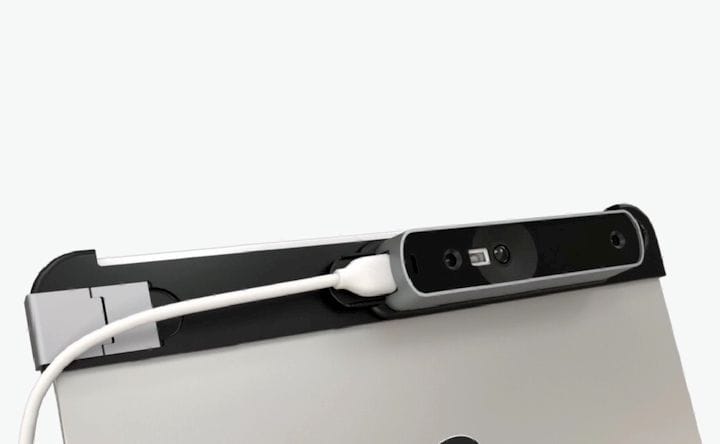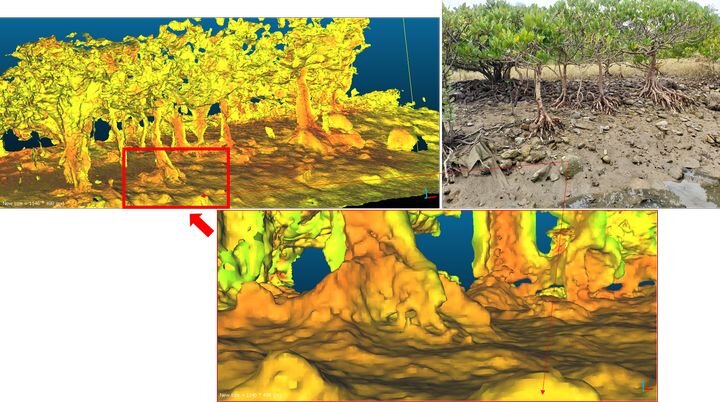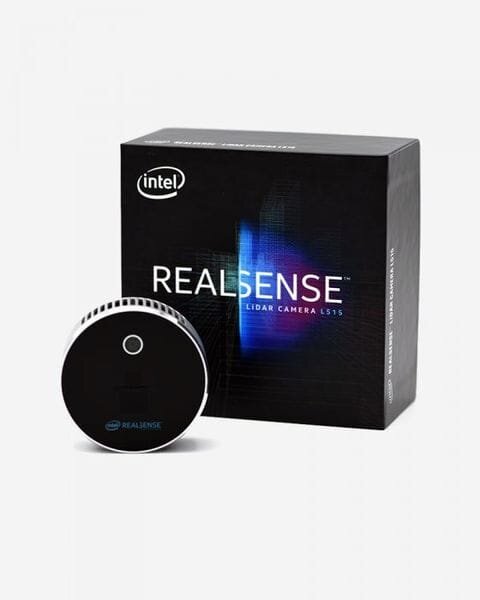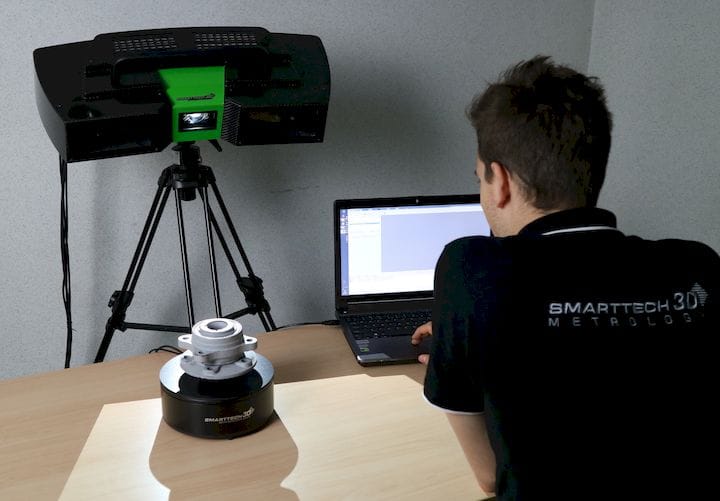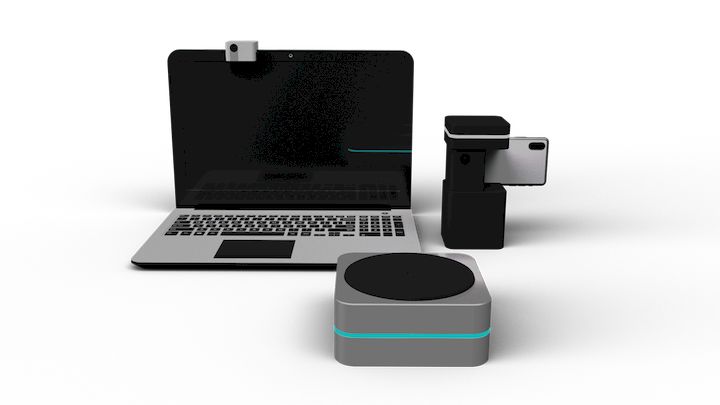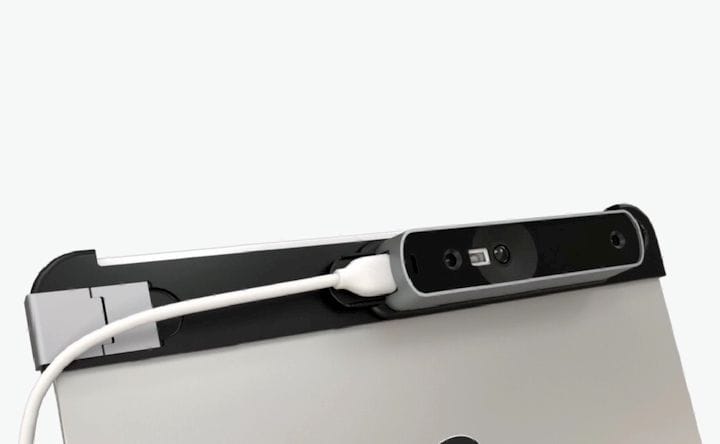![The Structure Sensor (Mark II) [Source: Occipital]](https://fabbaloo.com/wp-content/uploads/2020/05/image-asset_img_5eb0935656c12.jpg)
Occipital announced the upcoming availability of a new iPad-based 3D sensor, the Structure Sensor (Mark II).
Occipital introduced their first 3D sensor way back in 2013 as the Structure Sensor. This was a small device that you would strap onto an iPad, where it would, in combination with software, provide a relatively sophisticated 3D scanning system able to generate 3D models.
The concept proved very popular, as there were few, if any, portable and inexpensive 3D scanning solutions. Later, the company released the Structure Core product, which was essentially the Structure Sensor packaged for platforms other than the iPad, including desktop computers.
Occipital supercharged their growth by opening up an API to the sensor, allowing other developers to produce apps that used the sensor for all kinds of applications. Today Occipital says there are over 150 apps that can use their equipment.
Occipital Structure Sensor Mark II Features
Now the new Structure Sensor (Mark II) boasts a number of significant improvements:
-
The sensor resolution has quadrupled from 640 x 480 to 1280 x 960
-
The weight has dropped by almost half to only 65g
-
The dimensions of the sensor are somewhat smaller
-
The shutter is now global instead of rolling, meaning it can freeze moving objects in the camera view
-
The operational range has increased to more than 5m
-
An onboard camera has been added that’s better for 3D scanning than the iPad camera
-
An onboard battery helps power the unit as the iPad would not provide sufficient energy
-
An internal motion unit (IMU) with a gyroscope and accelerometers greatly helps tracking in 3D space
I should explain that the 1280 x 960 resolution is actually a lot better than it sounds. Readers using HD screens might think this is a pitiful resolution, but remember that this is only the current depth sensor view, which sweeps across a scanned object. The resulting 3D model could be of far greater resolution; the new sensor simply “sees” more detail when it “looks” at something.
Here we see a comparison of two scans of a person taken with their earlier and upcoming sensors. You can clearly see more detail captured in the more advanced sensor.
![Comparing the original and new Structure Sensor (Mark II) [Source: Occipital]](https://fabbaloo.com/wp-content/uploads/2020/05/image-asset_img_5eb09356ad40f.jpg)
Outdoor 3D Scanning
One extremely interesting new capability for the Structure Sensor (Mark II) is the ability to operate outdoors. Previously, this was not possible. I believe it was limited due to the infrared nature of the old sensor, which would have been terribly confused by all kinds of natural infrared radiation outdoors.
As this device is intended to be strapped onto an iPad, you must specify at order time which iPad is to be used. This allows Occipital to ship you a custom made bracket that perfectly fits the required iPad. Currently they seem to be offering brackets to fit most currently supported iPads, all the way back to the 2014 iPad Air 2.
Structure Sensor Pricing
The best part of the new Structure Sensor (Mark II) is its price: only US$399. That’s a very good price for a 3D sensor of this capability, and particularly for one that’s so entirely portable. Occipital is also permitting a US$100 trade-in value for those wishing to upgrade from the older sensor.
One very important note: for US$399, you receive only the hardware, which includes the bracket. To actually perform 3D scans, you will also need some software running on the iPad to capture and process the 3D information. I suspect there will be few apps immediately available that are compatible with the Structure Sensor (Mark II), so you may want to opt for Occipitial’s US$519 bundle that includes their powerful Skanect Pro software.
Via Occipital

